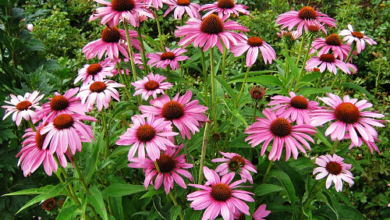Rooftop Gardens: Jiashan market skyfarms
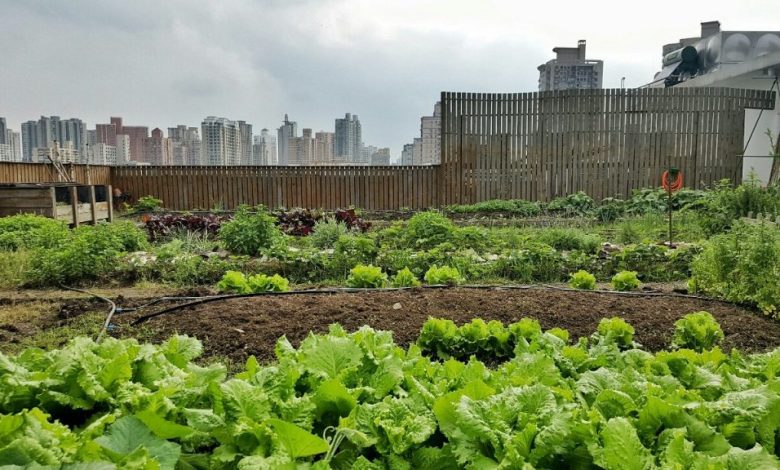
Very good to all Agrohuerters! Rooftop gardens are also present in China every day. Lucía recently introduced you to one of the skyfarms we visited in Shanghai, Jiashan skyfarm, a spectacular place that we really liked:
Well, after visiting a few rooftop gardens or skyfarms, I have decided to tell you a little about what peculiarities these gardens have compared to others and what advantages or disadvantages having this type of rooftop garden entails.
General management of rooftop gardens:
The term skyfarms is used to refer to a garden on the roof of a building where vegetables are usually grown. In the cultivation of vegetables lies the main difference between skyfarms and rooftop or vegetable cover. Rooftops are an urban naturation tool in which species with low nutrient and moisture requirements are cultivated (mainly the Sedum genus), durable substrates are used and it is irrigated with rainfall itself. Its main mission is to purify and soften the environment, not to produce food. Despite this distinction, we can also refer to rooftop gardens as rooftop farms.
Gardening on a terrace is somewhat complicated, basically because all the elements necessary to grow a garden must be raised to a height, which requires a lot of effort. For this reason, skyfarms generally have these common characteristics:
- Normally, the roofs of buildings already have insulating layers that prevent moisture seepage. But even so, the terraces for growing vegetables in skyfarms are built with plastic layers covered with gravel at the bottom to avoid problems.
- The necessary tools for the garden, rake, hoe, shovels etc… They are usually stored in a chest or cupboard on the mezzanine or access corridor to the garden, in this way space is gained in the skyfarms to grow more.
-
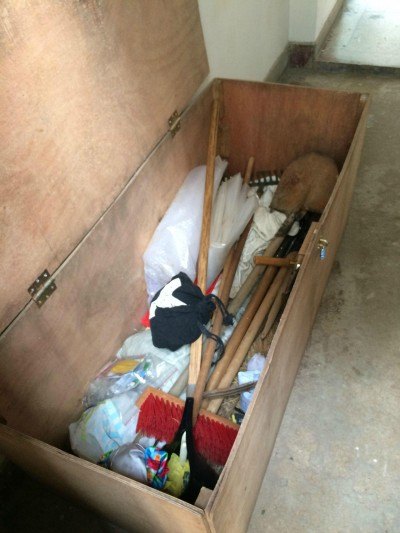
The cabinets or drawers with tools are usually located outside the garden area to save space. The compost bins are generally small in size, they are normally drawers with recycled pallets of less than 0.6 m 3. Larger deposits or those intended to create earthworm humus are also usually placed on the mezzanine floor or access corridor to the roof terrace to save space.
- Planting substrates are somewhat more specific than those we normally find. They usually contain perlite or coconut fiber to better retain moisture, since at higher altitudes solar insolation increases and with it evapotranspiration.
- In terms of crops we find a great variety. We highlight small-sized and easy-to-handle vegetables such as lettuce, garlic, onions, carrots, beans, radishes… Many aromatics are also grown to attract beneficial insects and repel harmful ones.
Ecological management of rooftop gardens
Within these generalities we find some curious and interesting management techniques within the Jianshan skyfarms, such as:
Cultivation in two heights:
As I have mentioned, the cultivation of climbing cucurbits, such as Chayote or bottle gourds, is common among the Chinese. In the skyfarms they were not going to be less and they create support structures with canes or metal bars to guide the growth of these cucurbits creating this type of prints:
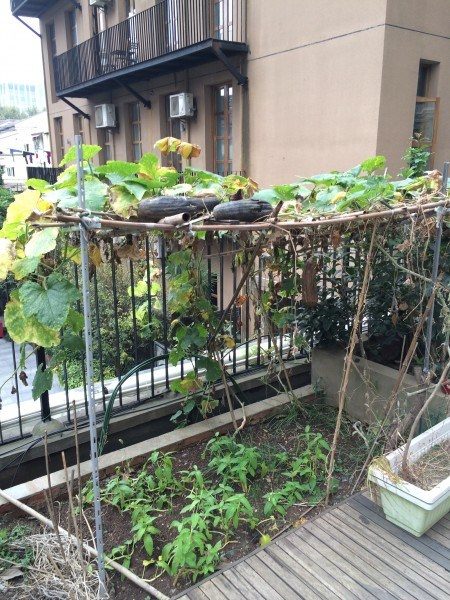
The advantages of this system are several. Not only do they manage to produce food at two heights, but the leaves on the upper floor provide shade for the crops on the lower floor. Something very beneficial for those crops that are more susceptible to heat, that are consumed after bleaching or that do not need so many hours of light.
Creation of mini-greenhouses:
Winter was not going to stop these urban farmers and although this season in Shanghai is very dry and cold, they have managed to create these wind tunnels or greenhouses with rings and white plastic:
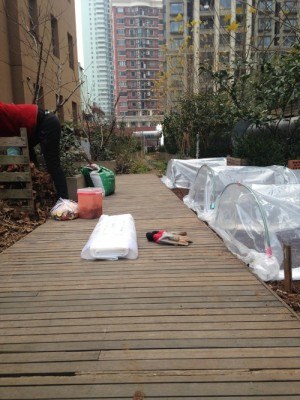
Normally these greenhouses are covered with semi-permeable fabrics that allow the crop to perspire more. But in this case it seems to me a success to use white plastics since the plastic condenses more moisture inside the greenhouse, something very beneficial in such a dry climate.
Several tricks to optimize space:
As you can see, this garden on a rooftop or skyfarm has small dimensions, but these guys from Good to China have managed to get a lot of space out of it with very simple tricks and methods, for example:
Use bricks or reeds as a walkway:
We have already seen this deep bed technique when we talked about crested walls. A few bricks or a few reeds as a corridor are enough to grow on a small terrace and although it is more uncomfortable when bending down, we gain more space.
Other techniques:
In rooftop gardens, to save space, they also grow in containers along the railing that delimits the space or use other support structures to hang their pots:

As you can see, rooftop gardens or skyfarms have their own resources and methods to be able to cultivate as best as possible. From here to thank Julianne for showing them around the garden and answering all our questions, it was a great morning . All the best !

![Photo of Plant Bougainvillea or Bugambilia in your Garden: [Complete Guide]](https://www.complete-gardening.com/wp-content/uploads/2022/08/plant-bougainvillea-or-bugambilia-in-your-garden-complete-guide-390x220.jpg)

